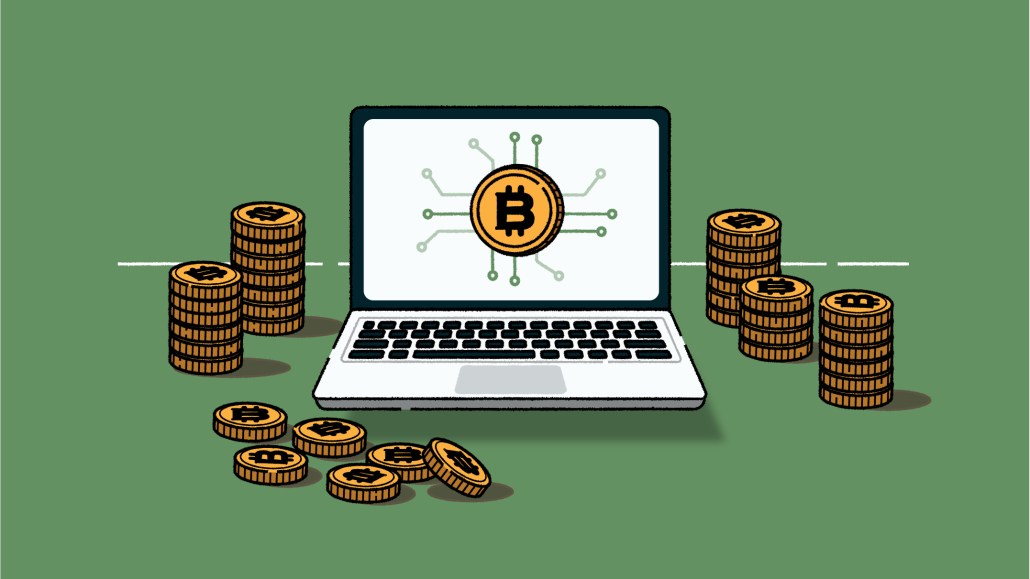
This article is a WTF explainer, in which we break down media and marketing’s most confusing terms. More from the series →
As Web3 and the blockchain bleed more and more into the mainstream, new acronyms get thrown around regularly with little explanation as to what they mean, including this one: DAO.
Decentralized autonomous organizations (DAOs) are kind of like clubs for crypto enthusiasts, only they typically operate under a shared goal, give each member equal say in making decisions, and can potentially have more money than most clubs would ever know what to do with.
And yet, they’re popping up all over the decentralized internet in order to fund larger companies, raise money for blockchain-based projects, or incorrectly buy a first-edition of a book for millions of dollars with the expectation that it will also acquire the copyright for said book. Needless to say, these organizations have a lot of resources. Here’s what you need to know about DAOs.
First off, how do you pronounce DAO?
“Dow.”
So, what is a DAO?
A decentralized autonomous organization is exactly what the name says; a group of people who come together without a central leader or company dictating any of the decisions. They are built on a blockchain using smart contracts (digital one-of-one agreements). Members of DAOs often buy their way in, most of the time purchasing a governance token specifically for the DAO that gives them the ability to vote on decisions that are made around how the pool of money is spent and managed. These groups can be made up of people from around the world, who often communicate on Discord channels.
A DAO has a “completely flat hierarchy,” according to Jason Yanowitz, co-founder of crypto trade publication Blockworks. “It’s a way to govern people differently around a shared balance sheet.”
What does a DAO do?
Each DAO has a different mission, whether it is single-purpose or part of a larger project, and can be associated with any number of industries.
Some of them are based on personal interests, such as the ConstitutionDAO, which banded together in the hope of buying one of the original copies of the U.S. Constitution from Sotheby’s last year. The group ultimately found out it was not the highest bidder and ended up losing the auction, but members were able to receive a refund of their initial investment.
Others have grander goals that involve essentially operating or running a business as a group. One example is Mantra DAO, which is a community-governed decentralized finance platform that allows people to stake, lend and borrow their crypto assets.
When were DAOs first created?
The first DAO – simply called The DAO – was created by a company called Slock.it, a German-based developer that was built on top of the Ethereum blockchain and is working to connect physical world transactions to the blockchain, thus enabling people to rent, sell or share their property without a middleman.
In early 2016, Slock.it wanted to find a way to raise money, according to an interview with the company’s founder Christoph Jentzsch from 2018, and in April created a DAO, which was akin to a Kickstarter or GoFundMe. The distinguishing factor: the DAO gave all of the investors/members a vote in the decisions the company makes when spending the raised capital.
Over time, it expanded into a decentralized version for a venture capital fund and held approximately 14% of the total amount of the Ethereum cryptocurrency that existed at the time, according to The Economist. This made it the largest crowdfunding in history as of 2016, having raised over $150 million worth of Ether from more than 11,000 members between May and June, according to Coindesk.
But by June of that year, the DAO was hacked and lost about $50 million (about 3.6 million ETH at the time). Surprisingly, Slock.it didn’t dissolve after the hack, but the DAO never regained its original status.
So are all DAOs branched off from the original DAO?
No, the term DAO has since been adopted by other companies, blockchains and crypto enthusiasts and has become more of a descriptive acronym than an actual name.
What will DAOs mean for the media and marketing industries?
Remember, DAOs have a lot of money, crypto or otherwise, that they’re willing to spend if the majority of the group has been persuaded. The majority rules are set within each DAO.
Some publishers, like Blockworks, have already begun pitching DAOs on advertising opportunities, such as event sponsorships, seeing lucrative potential.
“DAOs are becoming the new institutions. There are DAOs with more than $10 billion in their treasury [and] media companies have not recognized this,” said Yanowitz. He’s in the process of having Blockworks’ sales team learn how to sell to a DAO Discord channel.
Another added value of a DAO and web3 is the ability to build community, said Amanda Cassatt, CEO and co-founder of web3-based marketing agency Serotonin. DAOs represent “a powerful alignment engine to collapse the categories of user or buyer, company or team, and investor into a single group that’s aligned and part of a community that cares about a certain artifact or a certain experience. And [they’re] all participating together,” she said.
More in Media

Digiday+ Research: Publishers’ growing focus on video doesn’t translate to social platforms
Major publishers have made recent investments in vertical video, but that shift is not carrying over to social media platforms.

Technology x humanity: A conversation with Dayforce’s Amy Capellanti-Wolf
Capellanti-Wolf shared insight on everything from navigating AI adoption and combating burnout to rethinking talent strategies.

How The Arena Group is rewriting its commercial playbook for the zero-click era
The company is testing AI-powered content recommendation models to keep readers moving through its network of sites and, in doing so, bump up revenue per session – its core performance metric.








